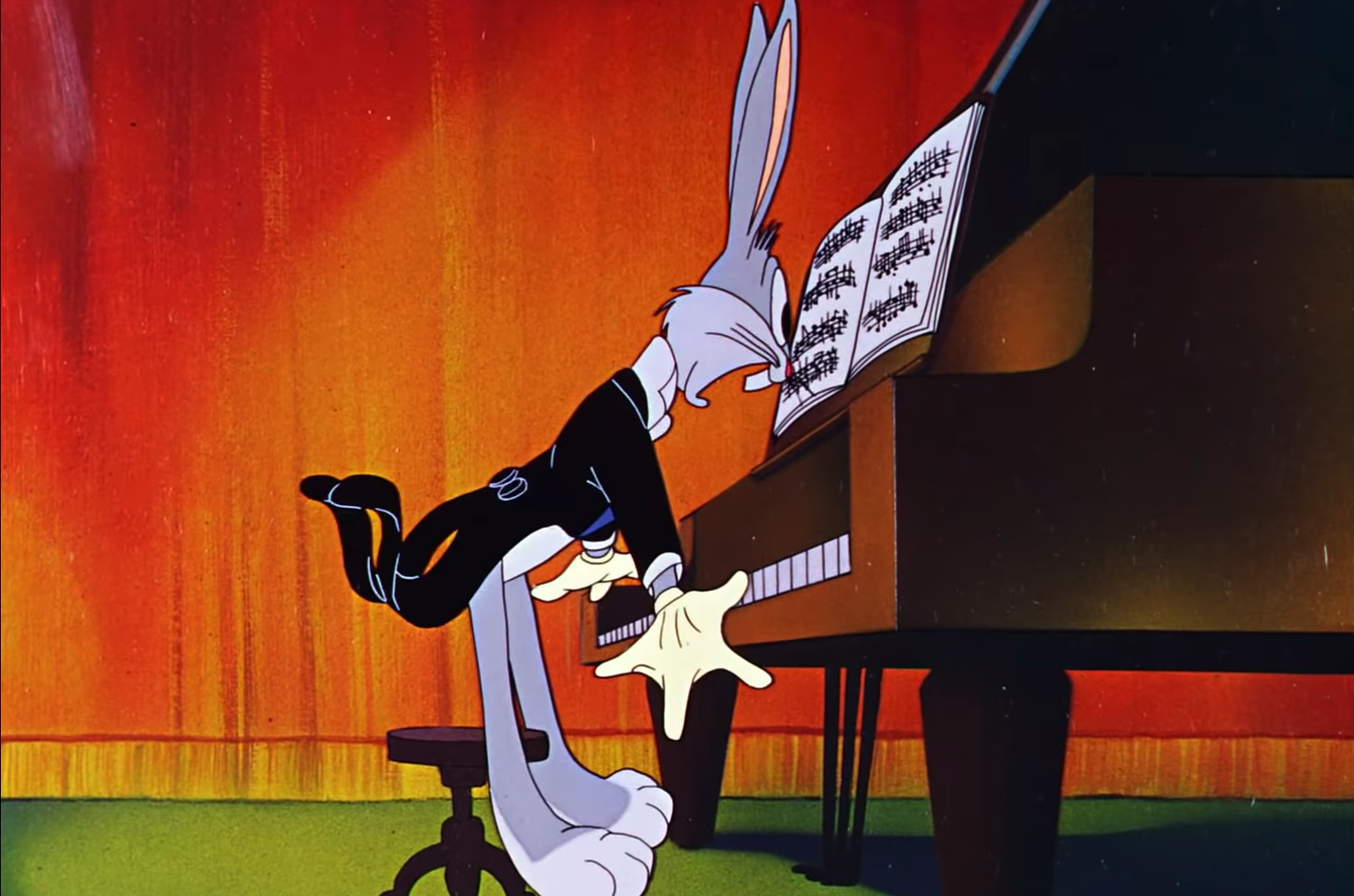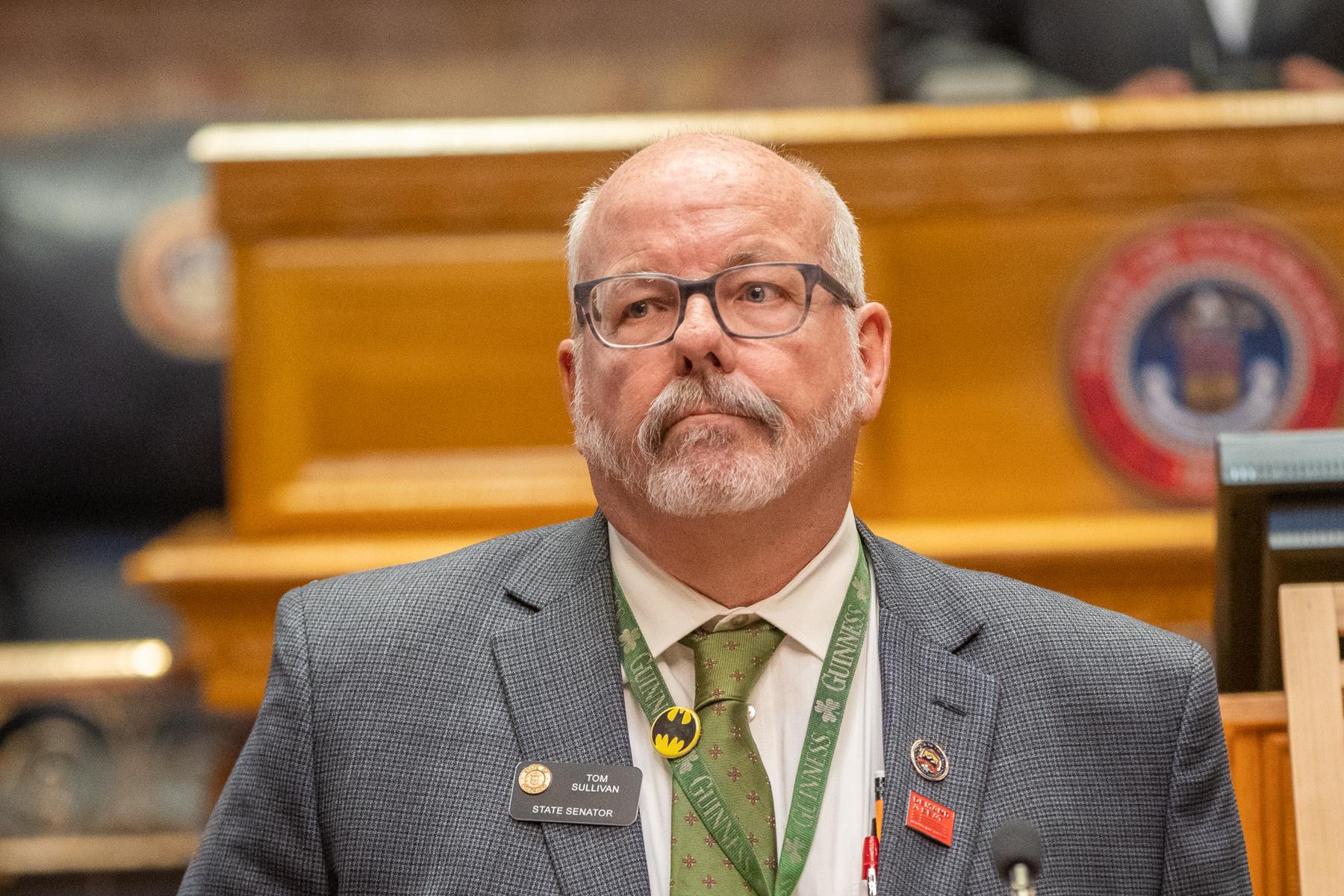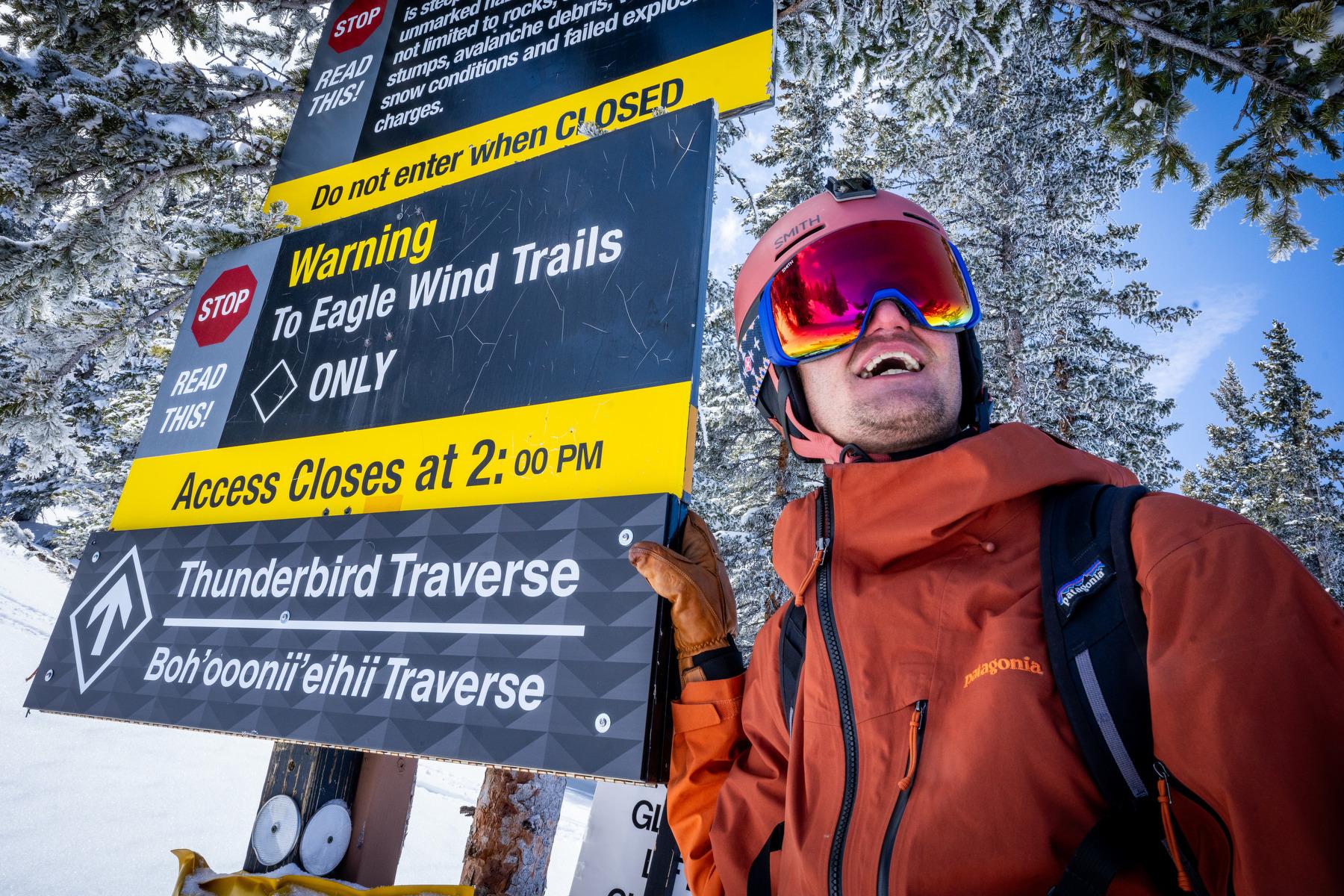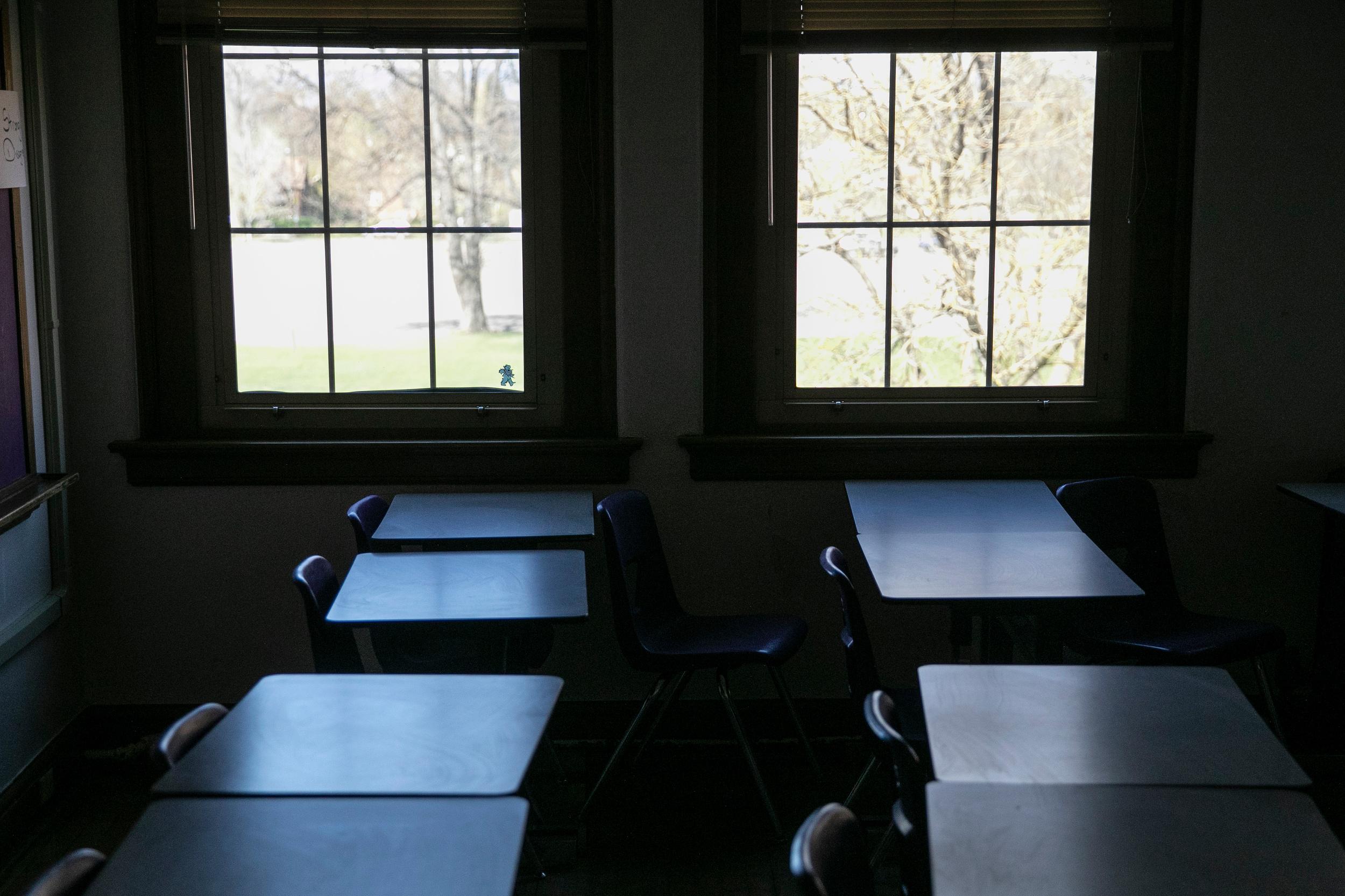
With Colorado's statewide stay-at-home order extended due to the coronavirus pandemic, and tens of thousands of kids now involved in remote learning until the end of the school year, parents are struggling to find ways to keep their children engaged in learning but also entertained at home.
Like most film and television genres, cartoons have a rich history of using orchestral scores to heighten emotion and intensify the action. Alfred Hitchcock's "Psycho" wouldn't have been as scary without the music of Bernard Herrmann and Looney Tunes wouldn't have been as funny without the music of Carl Stalling.
Millions have been introduced to famous composers and operas through Bugs Bunny, Woody Woodpecker and Mickey Mouse.
We've collected four of the most frequently heard classical pieces in cartoons below. With your child, see if they can identify the piece as it plays in each cartoon. (Hey, if they can sing every word of "Old Town Road," identify it in its first four measures, and know the song is sung by Lil Nas X, they should be able to hum the "William Tell Overture" and know it's composed by Gioachino Rossini, right?)
Rossini's Barber of Seville
The aria Largo al factotum from Rossini's opera "Barber of Seville" has been used in many cartoons over the years. One of its earliest uses is in the Looney Tunes short "Notes to You" from 1941. Porky Pig is unable to go to bed because of an opera-loving cat. In addition to quoting Rossini, the cat sings numerous non-classical tunes throughout the cartoon and gets in the last word with the Finale from Act II of Donizetti's opera "Lucia di Lammermoor."
In 1944, Woody Woodpecker followed up with his own version of The Barber of Seville, but perhaps the best known use of Rossini in a cartoon is the parody short, "Rabbit of Seville" from 1950. Bugs Bunny makes the music his own by coming up with a new libretto for the popular opera and the whole cartoon ends with the popular "Wedding March" by Mendelssohn.
In 1964 Tom & Jerry are up to their usual antics while performing the aria in The Cat Above and the Mouse Below.
Rossini's William Tell Overture
Rossini's gift for exciting and dramatic opera made another one of his pieces extremely popular for cartoon pairing: the overture to the opera William Tell.
Fantasia is perhaps the best known cartoon featuring classical music. Most of the scenes are of a serious nature, but that doesn't mean Disney was above using classical pieces for comic effect. In the 1935 cartoon "The Band Concert," Maestro Mickey is frustrated yet persistent in his attempt to conduct two pieces from Rossini's "William Tell," the "Overture" and "The Storm." Donald Duck plays quite the musicologist, showing the entire band how similar the overture is to the folk tune "Turkey in the Straw."
Porky Pig and Daffy Duck have a history with this tune. In "Yankee Doodle Daffy" from 1943, Porky is chased by Daffy as he sings his own lyrics to the music, including the gem, "peeling onions makes me cry."
In 1991, Porky and Daffy are back at it in the eponymous version where they dual to be the trumpet player who receives the most love from the audience.
The Lone Ranger used the finale from the William Tell Overture, "The March of the Swiss Soldiers" for its theme music, forever pairing Westerns with Rossini's music. So it feels just right when Bugs Bunny and Yosemite Sam battle it out to the overture in the 1948 cartoon "Bugs Bunny Rides Again."
Liszt's Hungarian Rhapsody #2
Perhaps just as popular as Rossini in cartoons is the use of Franz Liszt's "Hungarian Rhapsody No. 2." Mickey, Woody, Tom & Jerry, Bugs, Daffy and Donald have all been caught playing the piece.
In 1929, Mickey Mouse got the laughs to Liszt started in "The Opera House."
In November 1946, Warner Brothers released "Rhapsody Rabbit" with Bugs Bunny.
Then in April 1947, MGM released "Cat Concerto" with Tom & Jerry.
"Cat Concerto" and "Rhapsody Rabbit" have numerous similarities, enough for the studios to accuse each other of plagiarism as they both submitted for the 19th Academy Awards. "Cat Concerto" ended up taking home the award for Best Short Cartoon.
The rivalry is even reflected in the 1988 film "Who Framed Roger Rabbit?" Daffy Duck, a Warner Brothers character, and Donald Duck, a Disney-MGM character, play an increasingly heated performance.
Wagner's Ride of the Valkyries
In the 1935 Silly Symphony cartoon "Music Land", the Land of Symphony attacks the Isle of Jazz with an organ arrangement of Richard Wagner's music. Jump to 6:20 to hear the piece.
The most famous use of Wagner in a cartoon is undoubtedly Elmer Fudd singing, "Kill the Wabbit!" in the 1957 short "What's Opera, Doc?"
In addition to music from the Ring cycle's Die Walküre and Siegfried, the cartoon also features the overture from the Flying Dutchman, the overture from Rienzi, and the Pilgrims' Chorus from Tannhauser with new libretto; "O Brunhilda, you'w so wuvwy," croons Fudd.
What was your favorite cartoon-classical music pairing?
What cartoons or piece of classical music bring fond childhood memories for you? Email us at [email protected] .
Interested in more kid-friendly classical music? Tune into The Music Room on CPR Classical, weekdays at 10:30 a.m. MDT. We'll play a hit piece of music that kids and parents love to stimulate learning and discussion. Email your music requests or call us at 720-222-9501.
Listen to CPR Classical on your radio at 88.1 FM in Denver, stream the music by clicking on "Listen Live" or by asking your smart speaker to "Play CPR Classical."









